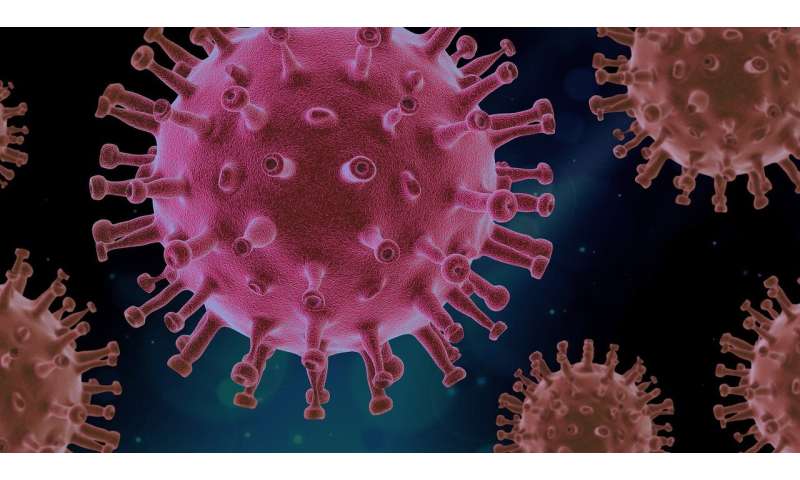COVID-19 safety recommendations, aim to reduce deaths among elderly in nursing homes

Seeking to address estimates that more than a third of COVID-19 deaths nationally have occurred in nursing homes and long-term care facilities—more than 38,000—the American Medical Directors Association published recommendations for reducing the spread of the pandemic virus among residents and staff.
Among the recommendations were the creation of COVID-specific units, screenings of residents twice daily, discontinuing of drug delivery modes (e.g. nebulizers) that might spread the virus, and reviews with patients and families of do-not-intubate and do-not-hospitalize advance directives.
“The scope and speed of the COVID-19 pandemic brought continual changes in healthcare protocols as providers learned more about the disease’s transmission,” said Paula Lester, MD, FACP, CMD, a geriatrician at NYU Winthrop Hospital and the corresponding author of the consensus recommendations, which were recently published online in Journal of American Medical Directors Association (JAMDA).
“The time has come to consolidate our learnings as a field in terms of caring for at-risky elderly and implement uniform, best practices, especially as we prepare for a potential second wave of infections in the coming months, as well as for future pandemics,” adds Lester, who along with her co-authors, serves as a skilled nursing facility (SNF) certified medical director.
Recommended protocols for facility staff also include COVID testing on a serial basis—three tests one-week apart—to enable identification of newly infected staff. Also recommended is to have staff assigned to specific units to permit easier contact tracing in the event of COVID cases, and to have staff that are assigned to COVID-19 units not work elsewhere in the facility.
The report also states that the authors “do not support the mandatory admission of COVID-19 patients from hospitals to nursing homes as it may force unprepared facilities to provide care to COVID patients without the necessary resources or precautions.”
Source: Read Full Article
